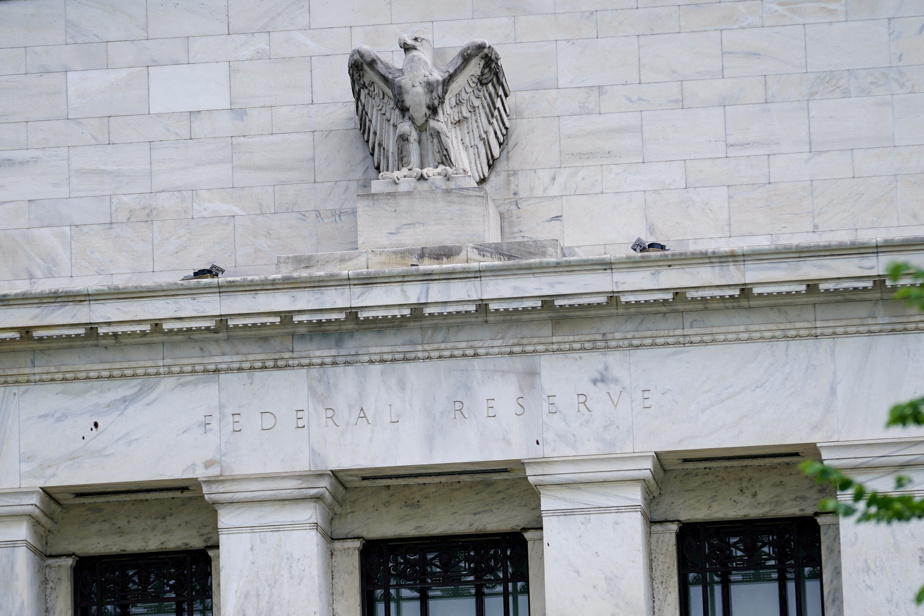(Washington) A majority of officials at the American Federal Reserve (Fed) opened the way at the end of July to a reduction in the institution’s rates at the next meeting, scheduled for mid-September, considering that inflation data allowed it.
At the Fed’s last meeting on July 30-31, “several members stressed that recent progress in combating inflation and rising unemployment support a 25 basis point rate cut” at the September meeting, according to the minutes of the Fed’s monetary policy committee (FOMC) released Wednesday. However, that view was not widely shared.
But “the vast majority stress that if the data continue in the expected direction, it would probably be appropriate to ease (monetary) policy at the next meeting.”
The minutes also show FOMC members’ “confidence” in data that “underscores that inflation is moving toward the 2 percent target.”
The American markets have shown signs of nervousness in recent weeks, marked in particular by a sharp drop on Wall Street about ten days ago, against a backdrop of concern over a possible risk of recession in the country.
Fed Chairman Jerome Powell is expected to speak on the issue at the annual meeting of central bankers in Jackson Hole, Wyoming, starting Friday and continuing through the weekend.
The vast majority of analysts are expecting an initial rate cut of 0.25 percentage points in September, followed by regular cuts at the next two meetings before the end of the year, according to CME Group’s FedWatch tracking tool.
After a continuous decline in 2023, US inflation experienced a slight rebound in early 2024 before slowing slightly, effectively pushing back a first downward movement in rates, which was initially expected by the markets during the second quarter of the year.
But prices appear to have resumed a slowdown to approach the Fed’s long-term target of 2%, while at the same time the US unemployment rate has risen slightly to 4.3%.
The Fed has a dual mandate, maintaining price inflation around the 2% target combined with a full employment objective.
Over the past two years, historically low unemployment in the United States has allowed him to focus solely on combating inflation, which had soared to 9.5% per year by mid-2022.
